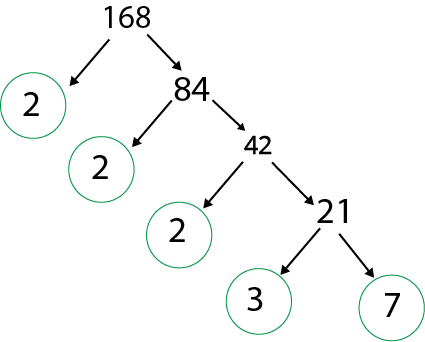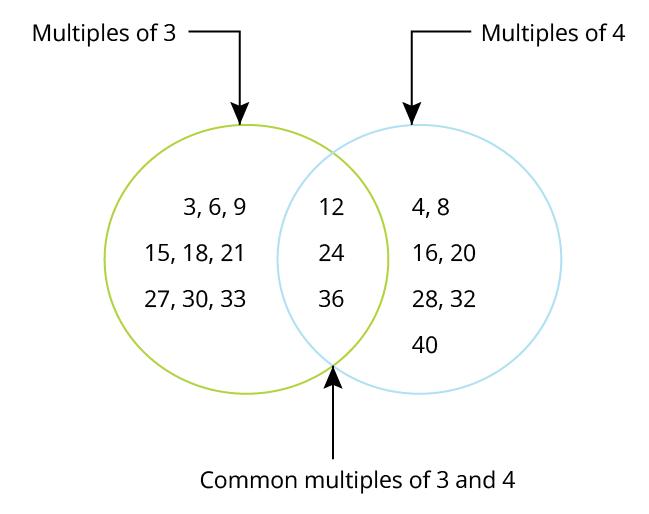Maths Notes for Chapter 6 Be My Multiple I’ll Be Your Factor Class 5 - FREE PDF Download
FAQs on Be My Multiple I’ll Be Your Factor Class 5 Maths Chapter 6 CBSE Notes - 2025-26
1. Why should I learn to calculate the common factors and multiples?
This chapter builds a conceptual foundation based on factors and multiples. It will be useful to learn LCM, HCF, and GCM in the higher classes.
2. How can I complete the multiplication chart in this chapter?
Check the left column and the top row. Put your finger on one empty square. Find which column and row connect to it. Multiply the numbers in the specific row and column squares to get your answer.
3. Can I download the NCERT Solutions for Class 5 Maths Chapter 6 for free?
Yes, you can download the NCERT Solutions for Class 5 Maths Chapter 6 for free from Vedantu. By referring to these NCERT Solutions you will be able to get a better understanding of the sums given in this chapter.


























